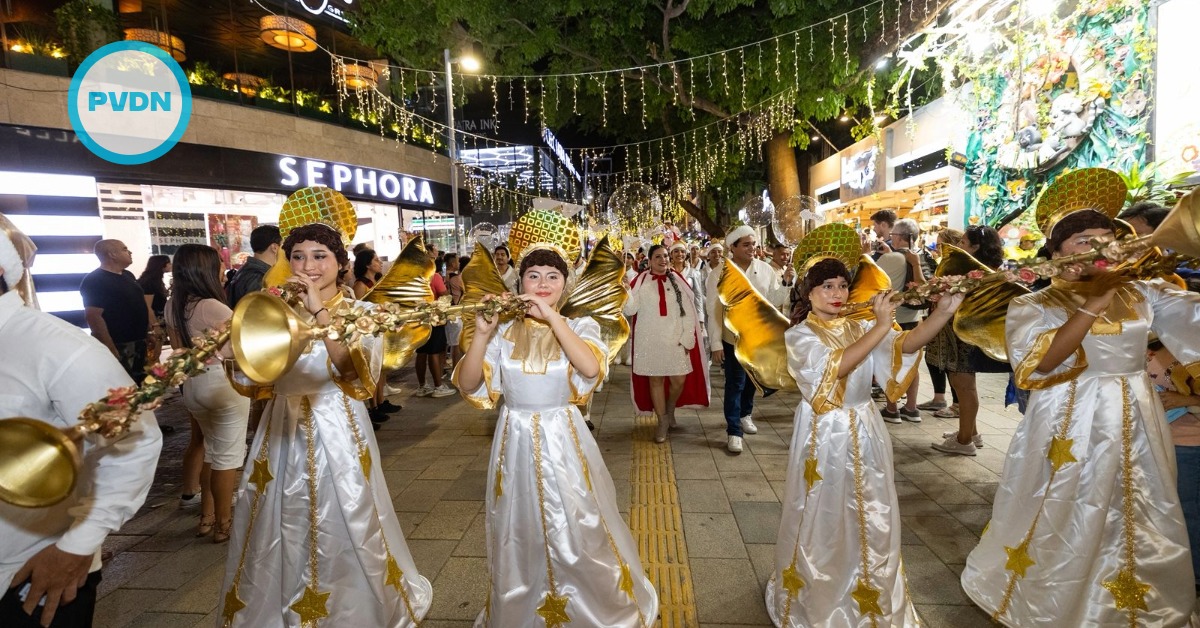Mexico has had summertime, or Daylight Savings Time (DST) since 1996 when a modification to the Time System Law motivated by alleged energy savings and better use of natural light made its adoption official in most of the country. Since then, the clock is moved forward one hour every first Sunday in April, a provision that continues for almost seven months, until the time returns to normal in the early hours of the last Sunday in October.
In early July, President of Mexico, Andrés Manuel López Obrador sent a bill to Congress to end daylight . . .






